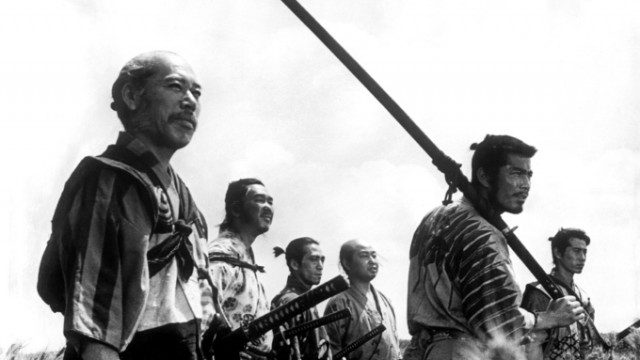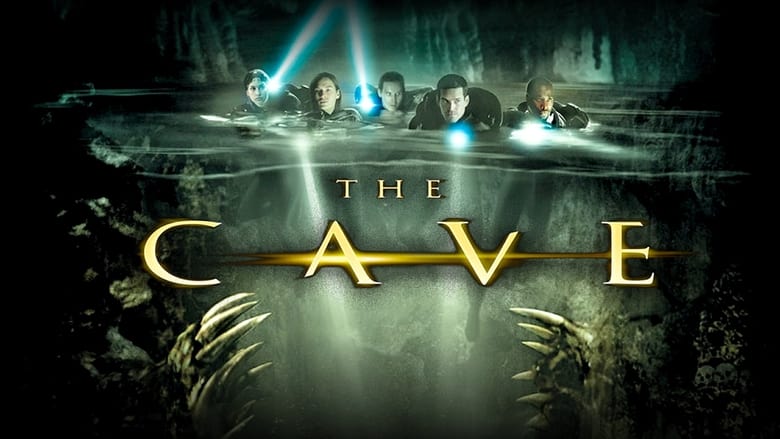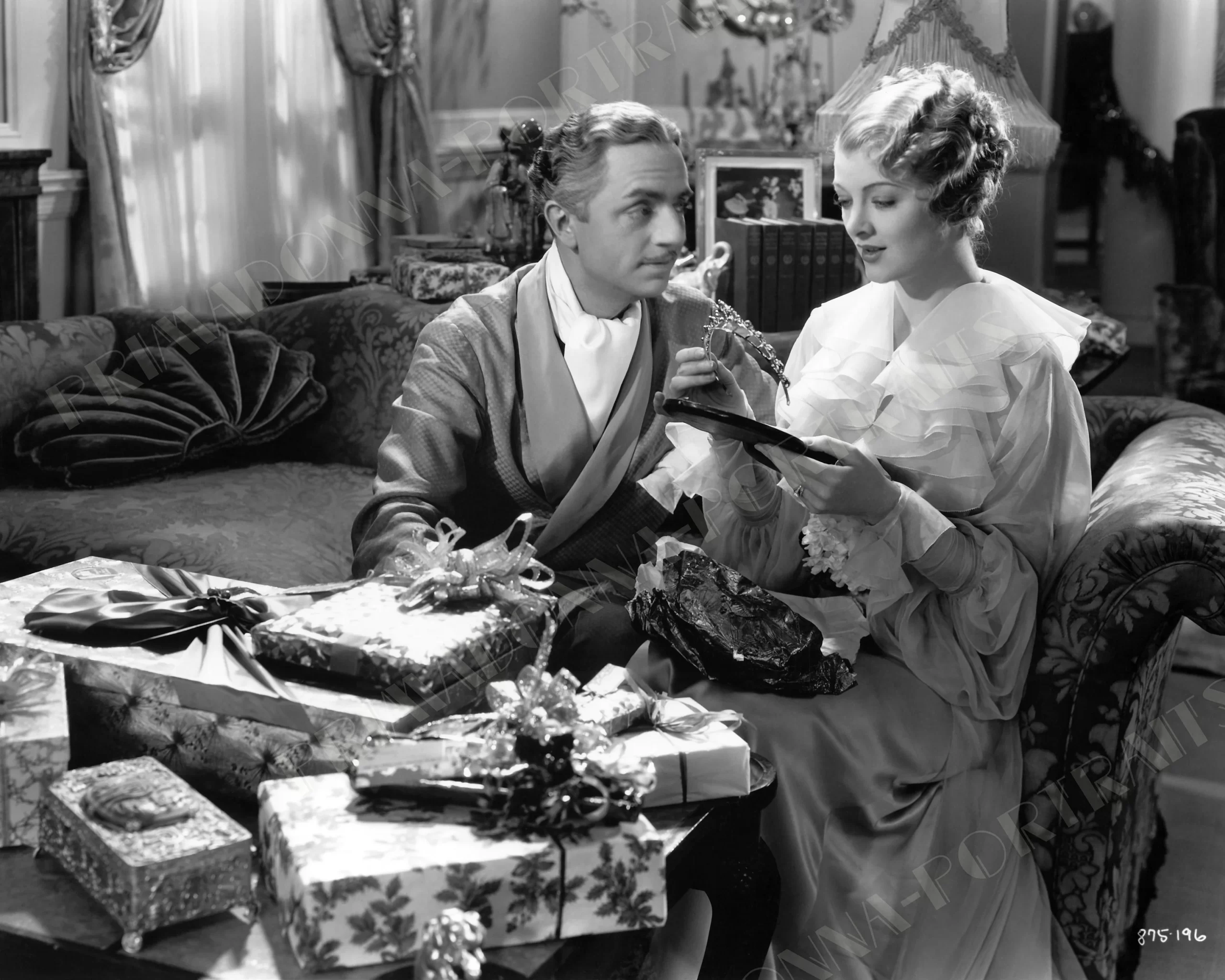Seven Samurai (1954) is arguably one of the greatest and most influential films in the history of cinema. Even if you haven’t heard or seen this legendary film, and you really should, the influence it carries in the evolution of western filmmaking permeates in almost every genre. Seven Samurai was directed by legendary filmmaker, Akira Kurosawa and the first samurai film that he ever directed. The film takes place during the Warring States Period of Japanese history and follows the plight of a small village of farmers that go out and recruit seven ronin, samurai without masters, to combat a group of bandits who will return after the next harvest to steal all of their crops. Kurosawa had intended the film to be about six but after initial scripting decided on adding a seventh samurai, a wild and unpredictable jokester with a falsified birth certificate of noble birth, to the mix because according to actor Toshiro Mifune, “six sober samurai were a bore—they needed a character that was more off-the-wall.”
What makes Seven Samurai unique for its time, as well a groundbreaking piece of filmmaking is in the use of the now-common plot element of having the recruitment and coming together of various uniquely talented heroes into a team to accomplish a goal or task that is above and beyond the average team or person. This is a device that would be used in later famous and successful films such as Ocean’s Eleven, The Dirty Dozen, it’s western reinterpretation in the western The Magnificent Seven (Seven Samurai was initially released in the west under the title The Magnificent Seven by RKO prior to the western remake by MGM), and has even been used by Pixar with its animated film A Bug’s Life, and thats not even mentioning the dozens upon dozens of television shows based on the premise.
Seven Samurai is a long film even by todays standards, clocking in at a runtime of three hours, twenty seven minutes. It would come to be Kurosawa’s lengthiest film of his nearly fifty-seven year career. The film, upon its release, went on not only to become a standard for the industry to follow but also Japan’s highest grossing movie.
Production on the a groundbreaking film on this magnitude doesn’t come without it’s own set of hardships, as even at that time in history movie studios, much like today, aren’t comfortable with taking chances, especially when money is involved. Kurosawa had originally planned on having the film focus on a single day in the life of a wandering samurai but in his research in preparation for writing the script, found a story about the take of a group of samurai that defended a group of farmers in need. This story would come to be adapted into what we now know as Seven Samurai. The film would rack up a total of one-hundred and forty-eight days worth of principal shooting taking place over the course of a year with only three months dedicated to pre-production work. The films cost would end up ballooning upwards of four times its original budget and reach nearly half a million dollars, an exorbitant sum at the time.
Toho Studios, who would more commonly be known for their Godzilla series of films, halted production on the film several times due to conflicts they had with Kurosawa over budget costs and set design and creation. Kurosawa refused to shoot on the Toho Studios lot demanding that village scenes be built authentic to the period from the ground up. Toho would eventually relent and go on to build a complete japanese period village on the Izu Peninsula. Kurosawa would go on to state that, “the quality of the set influences the quality of the actors’ performances…. For this reason, I have the sets made exactly like the real thing. It restricts the shooting but encourages that feeling of authenticity.”
The film was cut and edited several times in its various releases over the years. The version originally shoot by Kurosawa played in its entirety only in the major cities in Japan with a shortened version playing and smaller theaters around the country. When Toho tool Seven Samurai overseas it would cut an additional fifty minutes off of the films runtime citing that it would be far too long for western audiences to sit through. The original cut would not be officially released until the year 2005 when it was released in it’s digitally remastered form as part of the Criterion Collection and in 2010 on Blu-ray.




